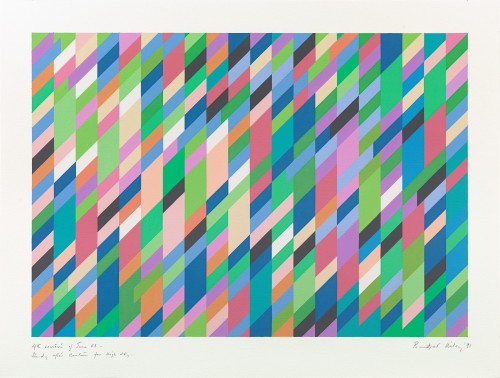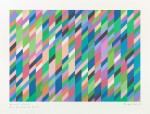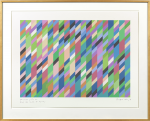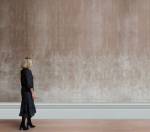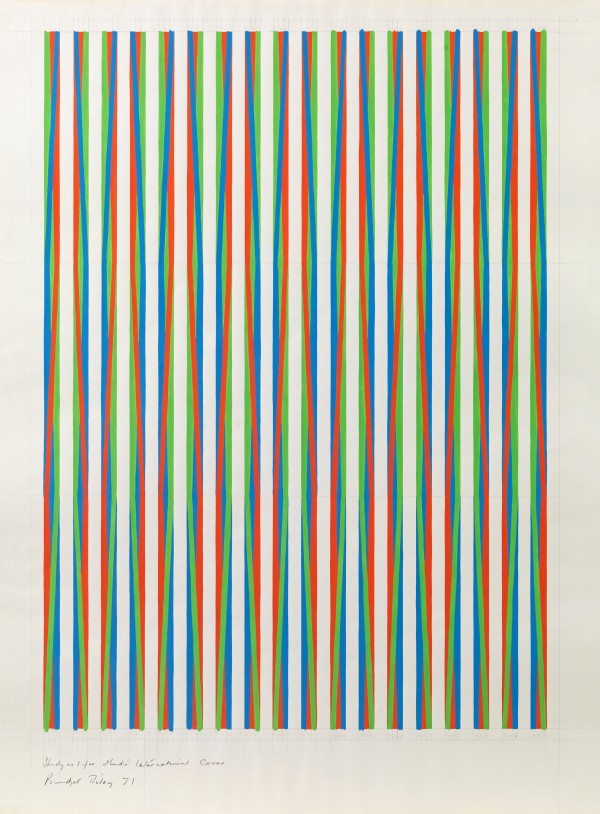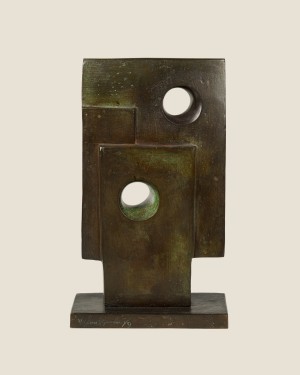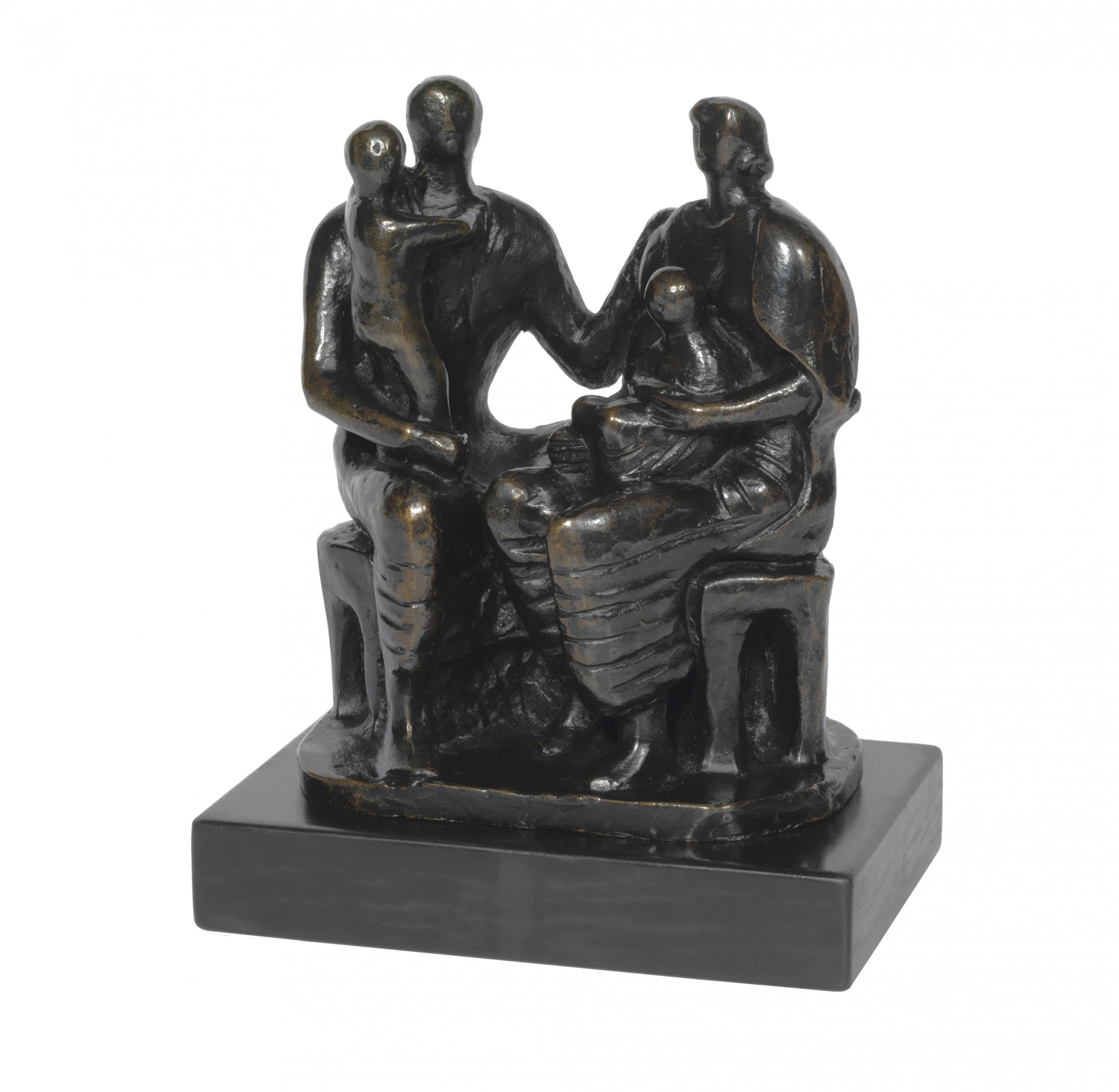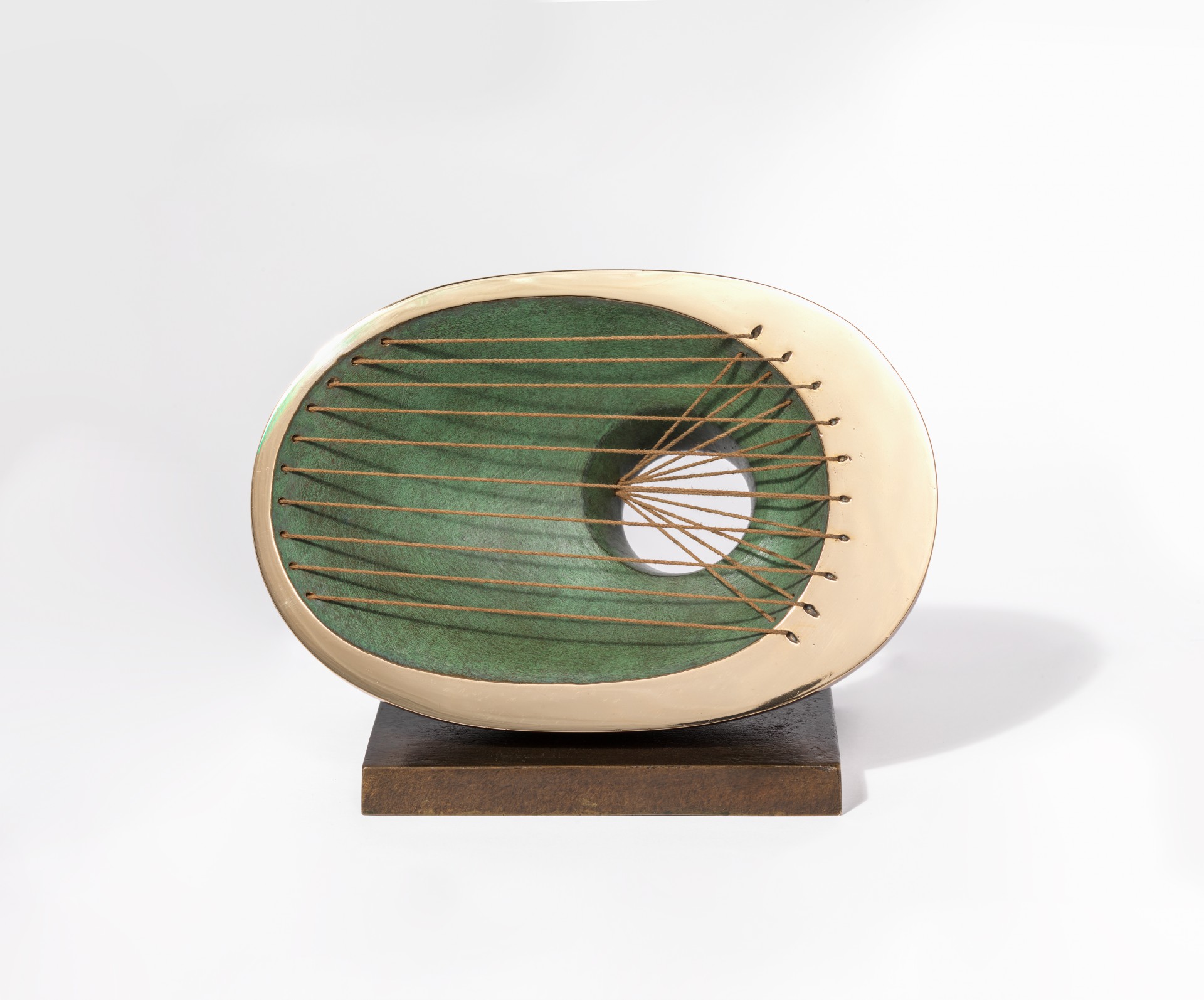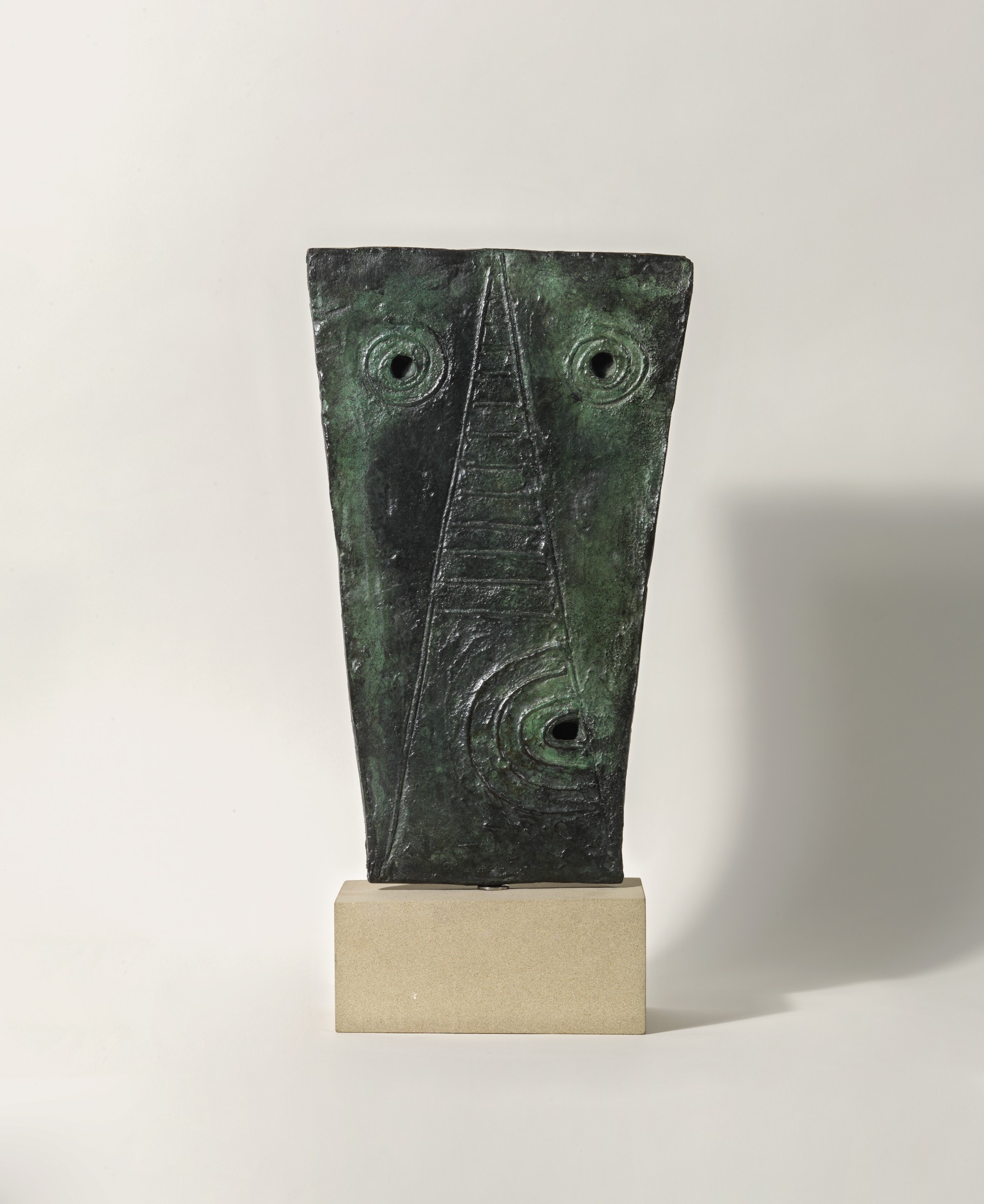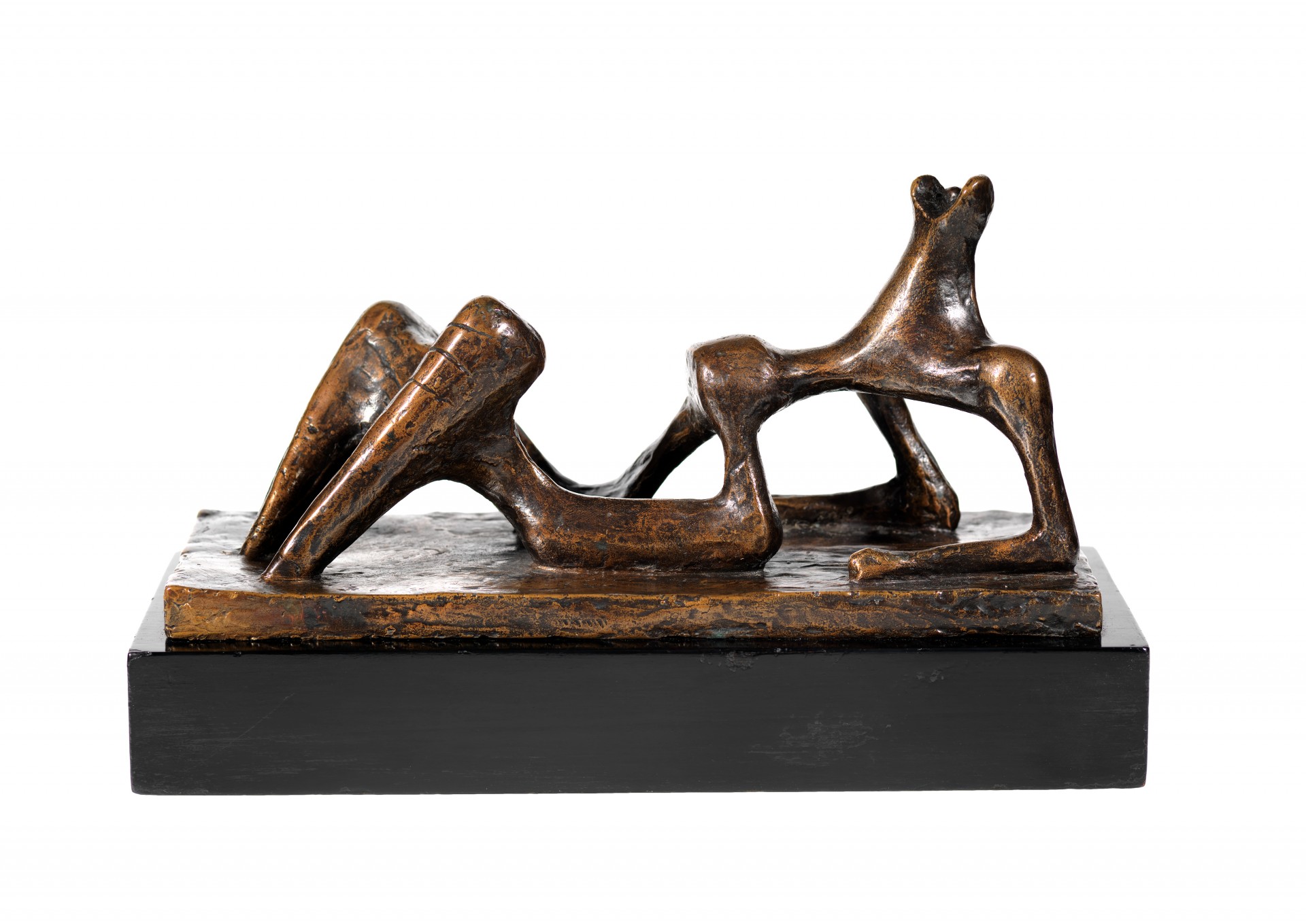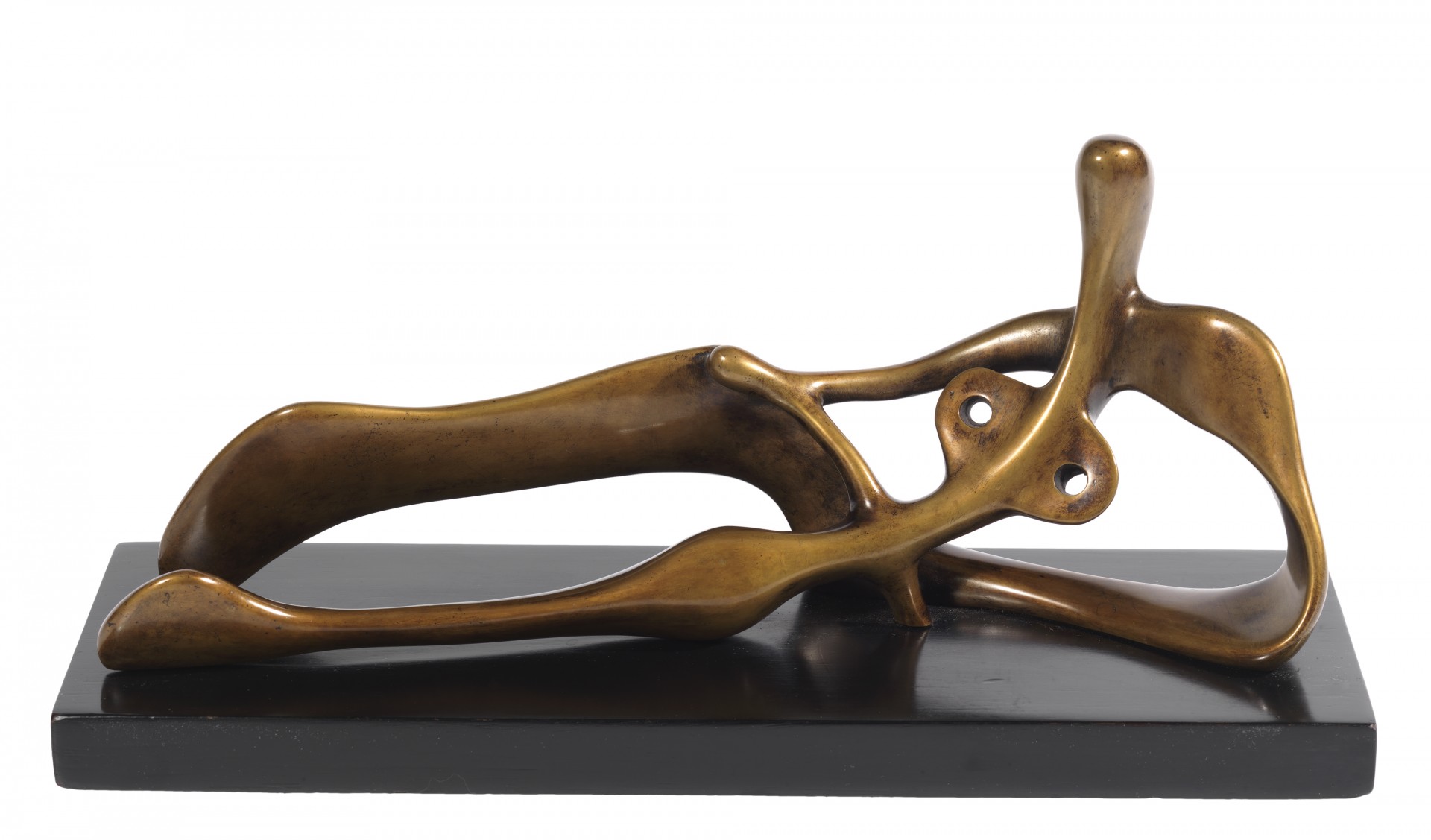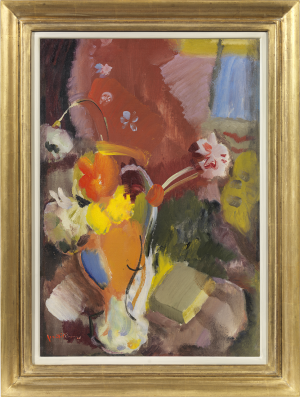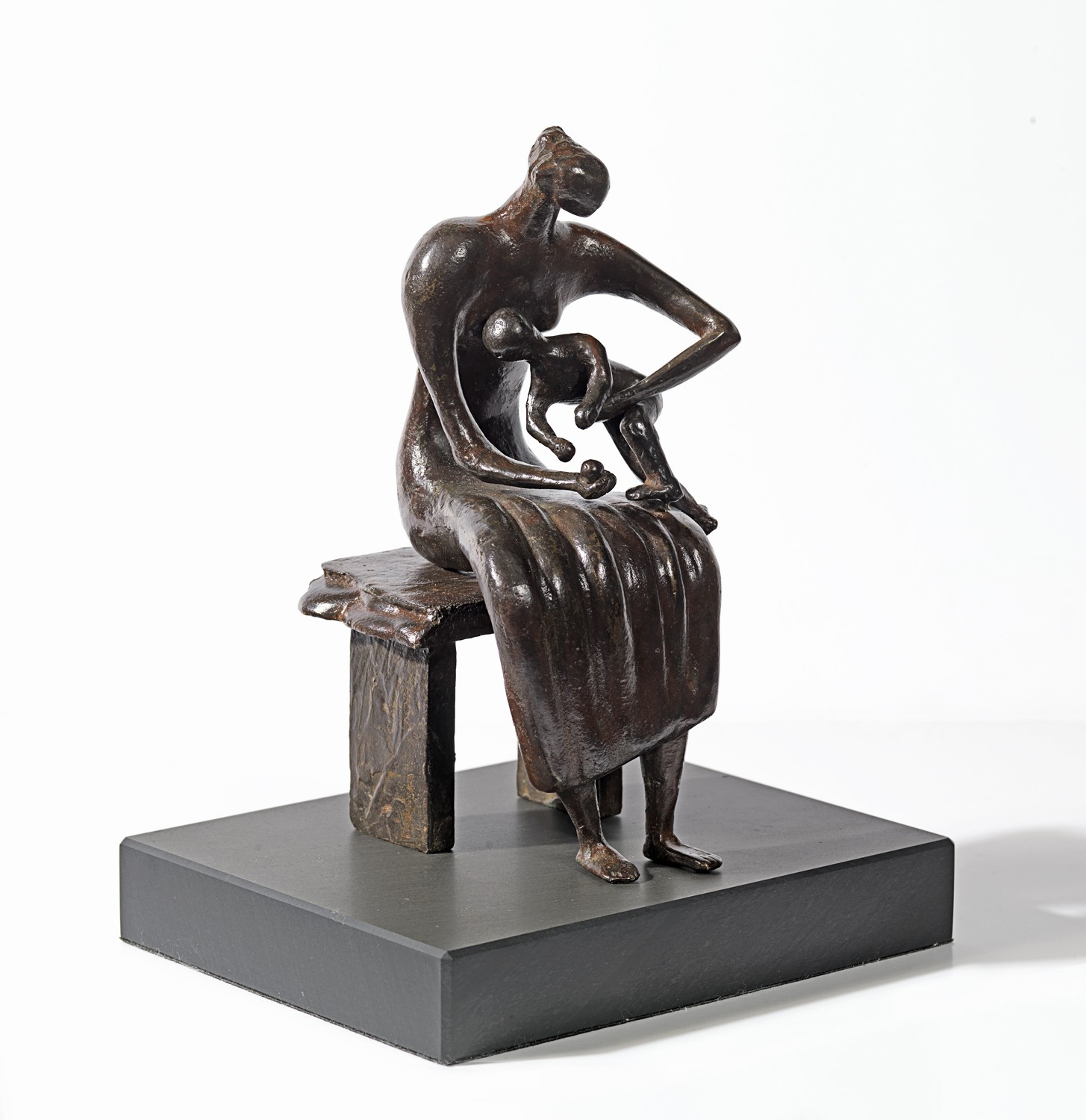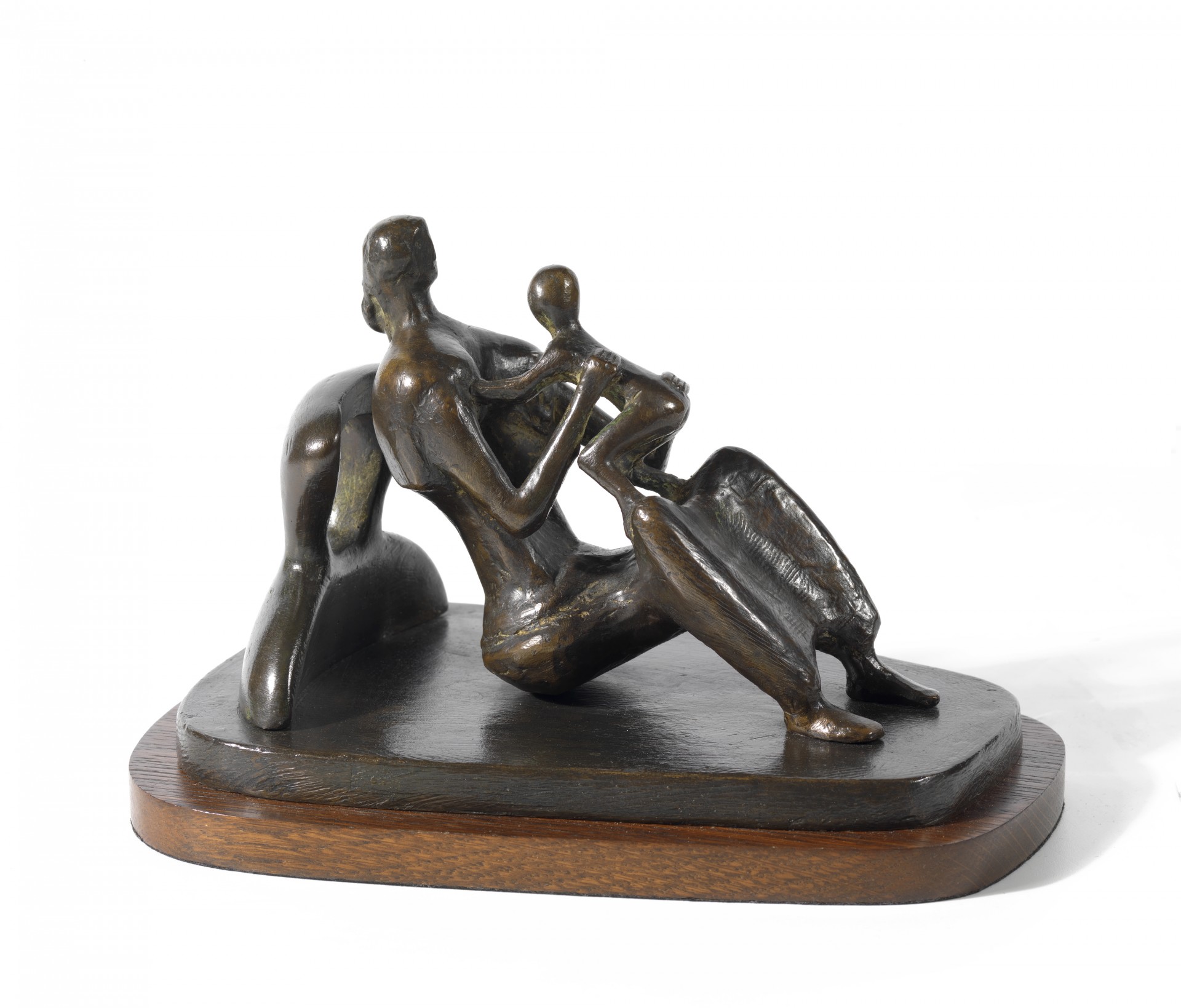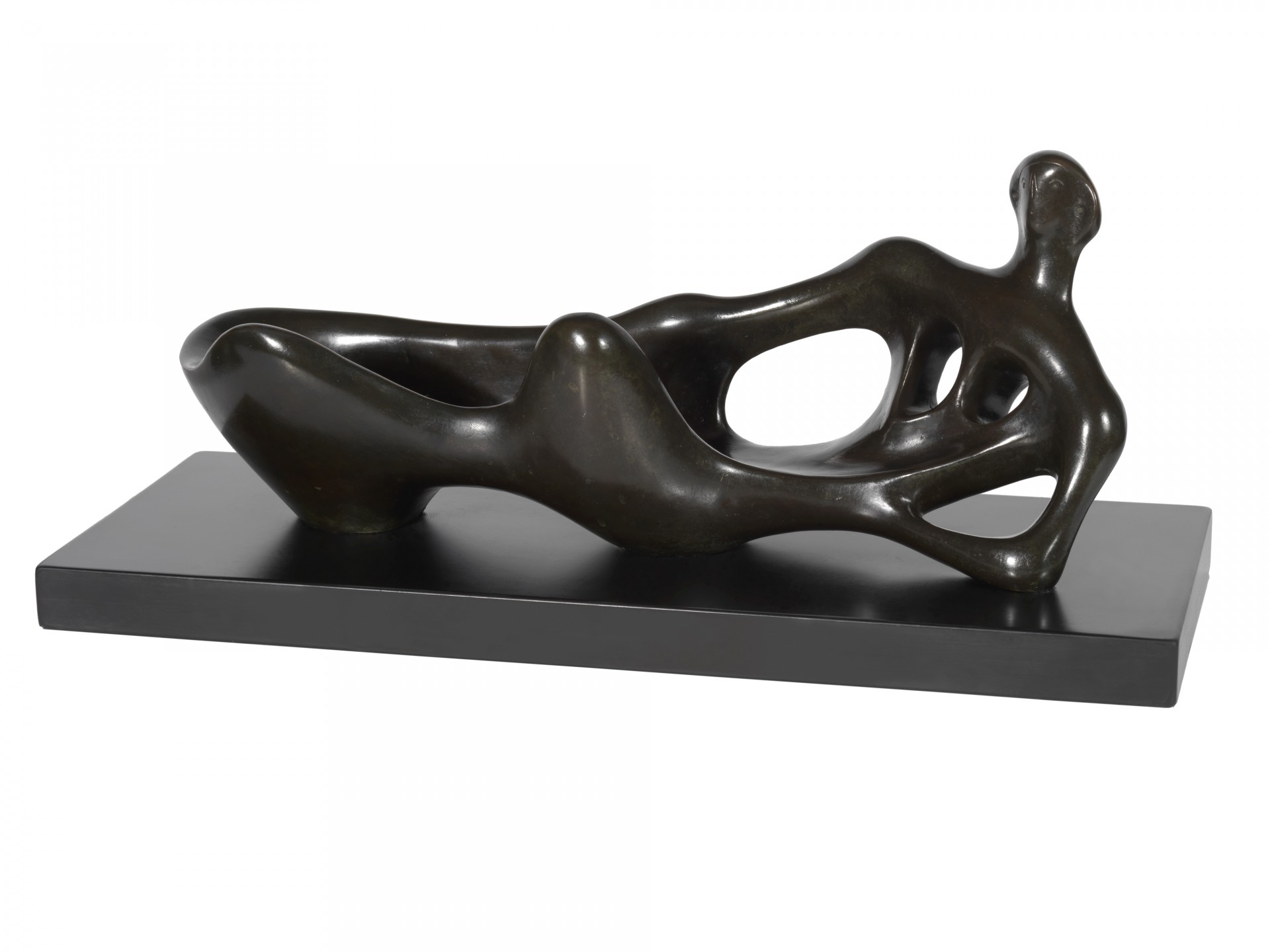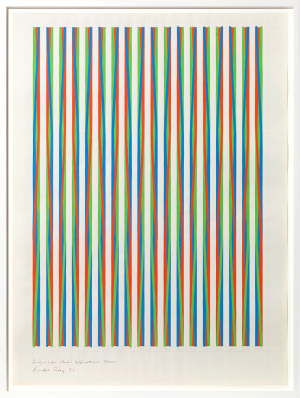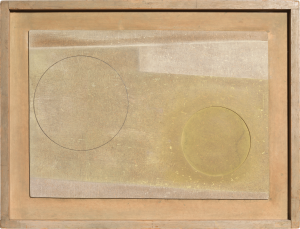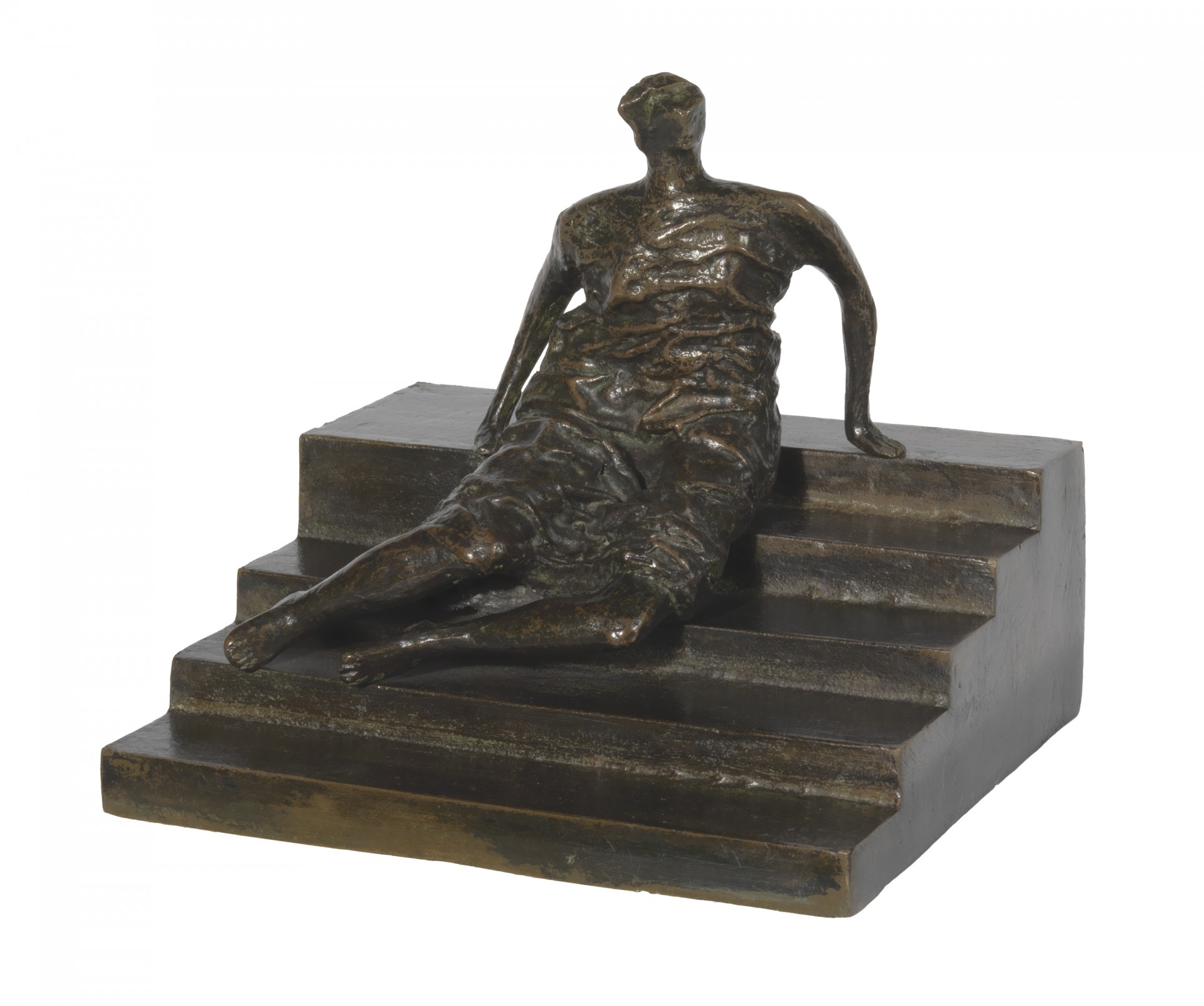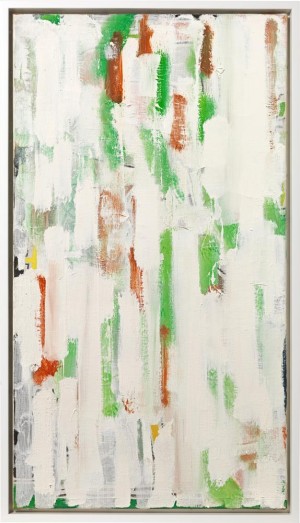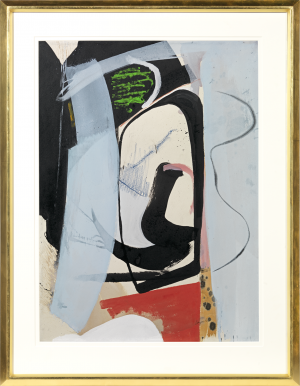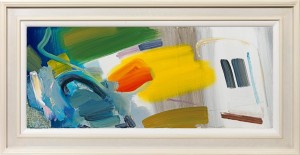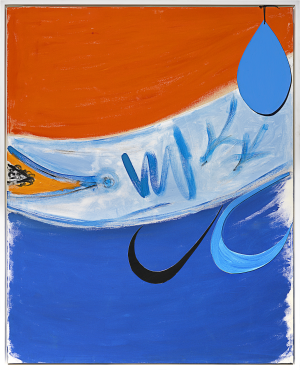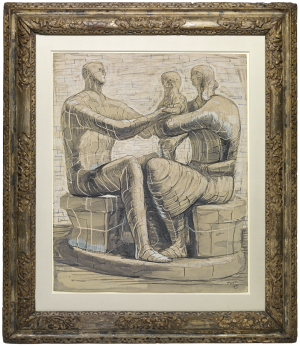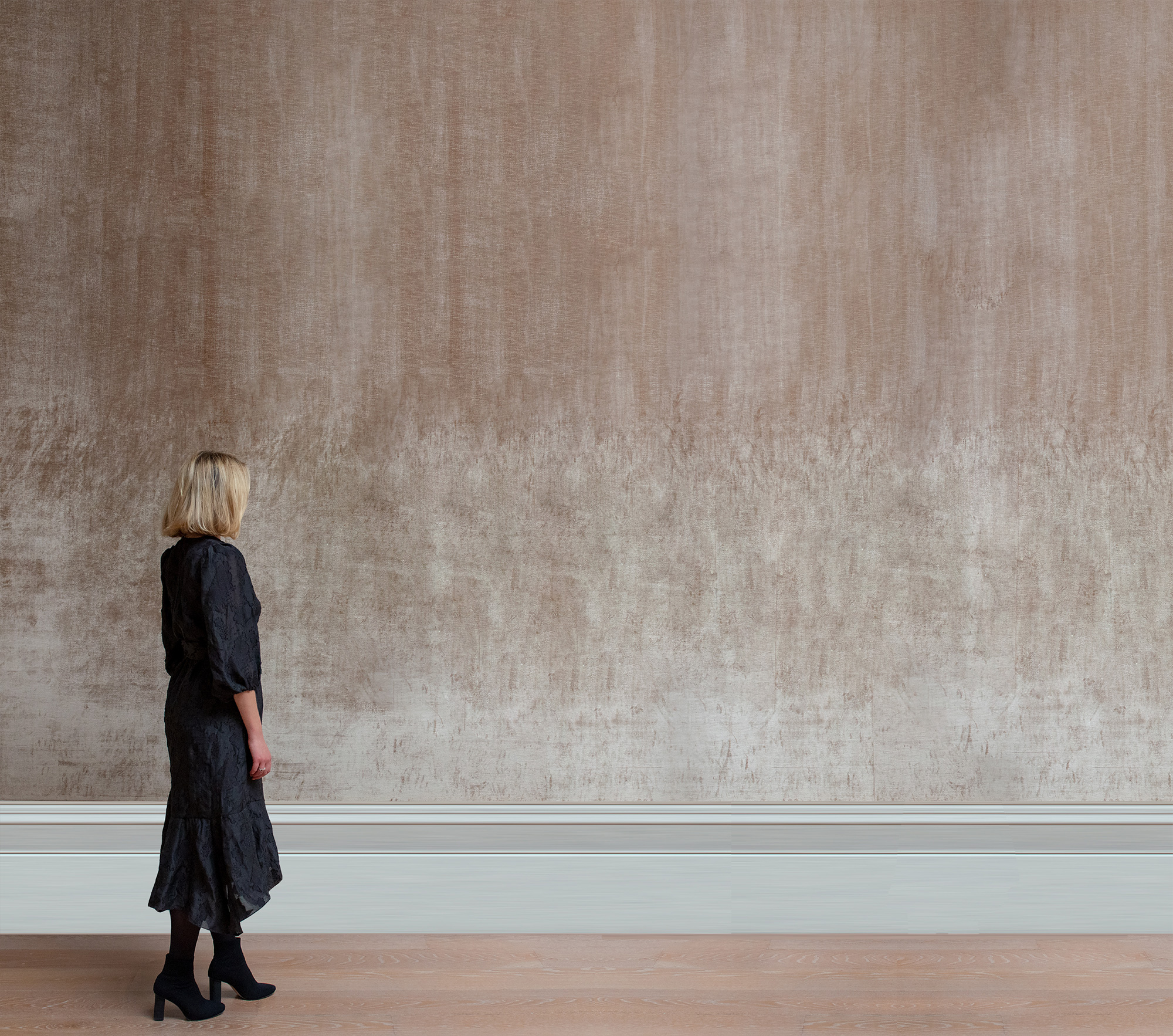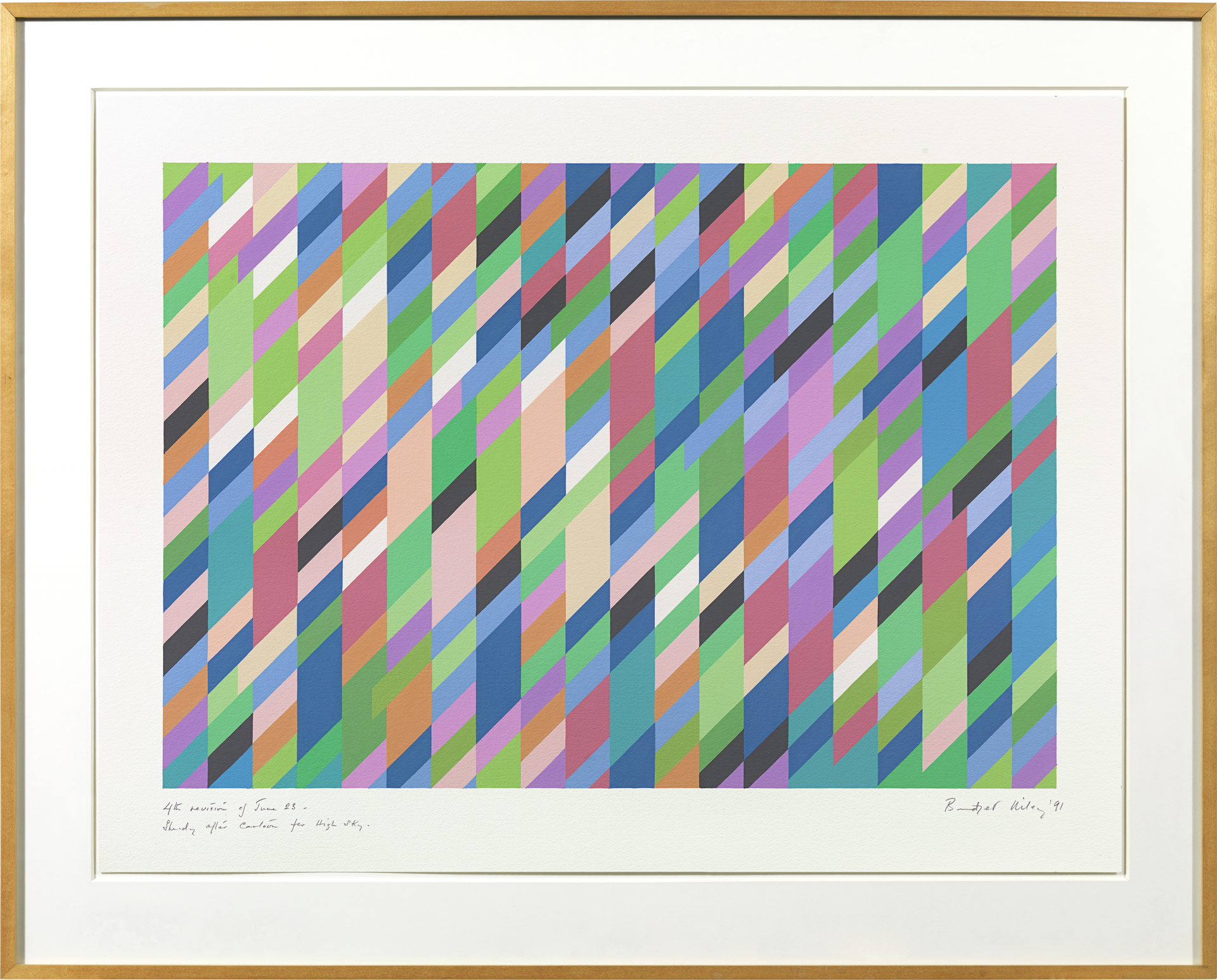Bridget Riley
4th revision of June 23 - Study after cartoon for High Sky
Gouache and pencil on paper: 26 x 34.3 (in) / 66 x 87 (cm)
Signed and dated lower right: Bridget Riley '91; inscribed with the title lower left: 4th revision of June 23 -/ Study after Cartoon for High Sky
This artwork is for sale.
Please contact us on: +44 (0)20 7493 3939.
Email us
BRIDGET RILEY CH CBE
Born London 1931
Ref: BZ 244
4th revision of June 23 - Study after Cartoon for High Sky
Signed and dated lower right: Bridget Riley '91; inscribed with the title lower left: 4th revision of June 23 -/ Study after Cartoon for High Sky
Gouache and pencil on paper: 26 x 34 ¼ in / 66 x 87 cm
Frame size: 32 ¾ x 40 ¾ in / 83.2 x 103.5 cm
In a waxed wooden frame
Provenance:
Curwen Gallery, London
Karsten Schubert, London;
Private collection, UK, acquired from the above in the 1990s, then by descent
Exhibited:
Basel, Art 24 Basel, 16th -21st June 1993
This radiant, prismatic work on paper directly relates to two large oil paintings by the artist; High Sky, 1991 (private collection) and High Sky 2, 1992 (Neues Museum, State Museum for Art and Design, Nuremberg). Discussing the first oil painting, Riley describes two opposing centres of action: ‘On the left the colour is more opaque, more vividly present, almost tactile – like sun-warmed stone, building firmer, denser space. To the right, the colour is open, airy like the sky above or reflections in water. There is a two-sidedness to the painting which I felt was taking me in a new direction.’[1]
Riley developed the dynamic structure of her Rhomboid paintings from 1986, introducing a diagonal movement from bottom left to top right to disrupt the verticality of her celebrated Egyptian stripes. These shimmering, fragmented fields of diamond planes are characterised by an unprecedented array of colours. The dramatic tonal range and complex colour construction, visible in this brilliant gouache, may have been inspired by the oblique correspondences, contrasts, echoes and modulations that Riley observed in the works of the great European, in particular, Venetian colourists. In 1989, Riley curated an exhibition of paintings chosen from the National Gallery, London, her selection including seven large figure compositions by Titian, Veronese, El Greco, Rubens, Poussin and Cézanne, the organisation of each work ‘shaped by diagonals’ and ‘characterised, if in varying degrees, by complex colour orchestrations.’ [2]
[1] The artist cited in ‘Bridget Riley in conversation with Michael Harrison, 2011’, Bridget Riley Working Drawings, The Bridget Riley Art Foundation, Thames & Hudson, 2021, p.262.
[2] Robert Kudielka (ed.), The Eye’s Mind: Bridget Riley, Collected Writings 1965-1999, Thames & Hudson in association with the Serpentine Gallery and De Montfort University, London, 1999, p.226.

